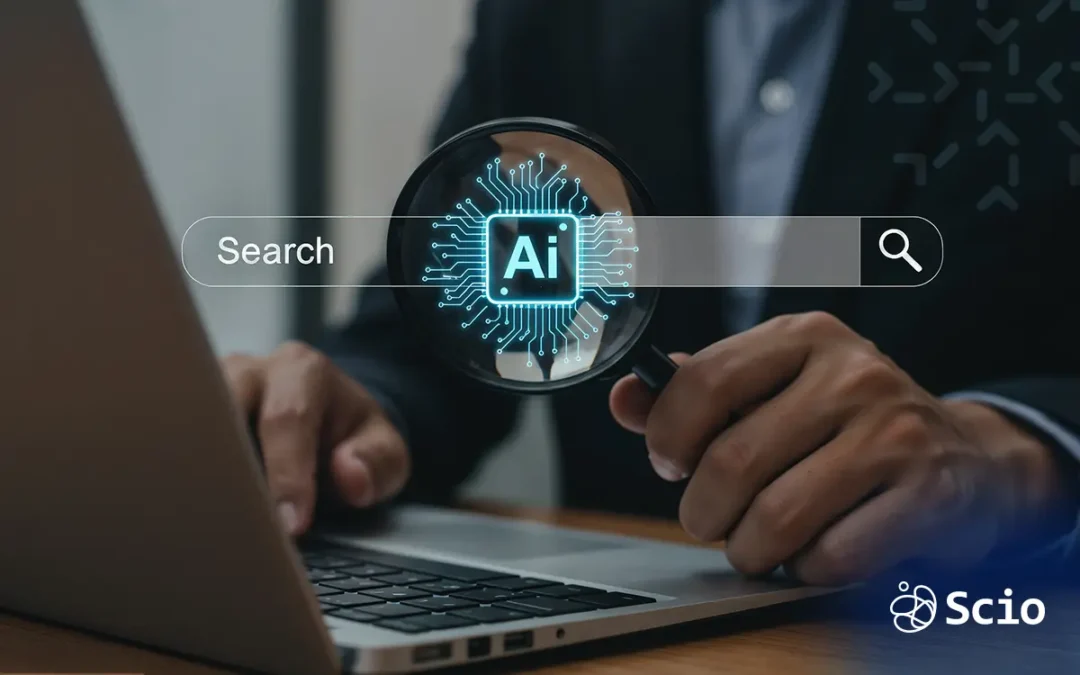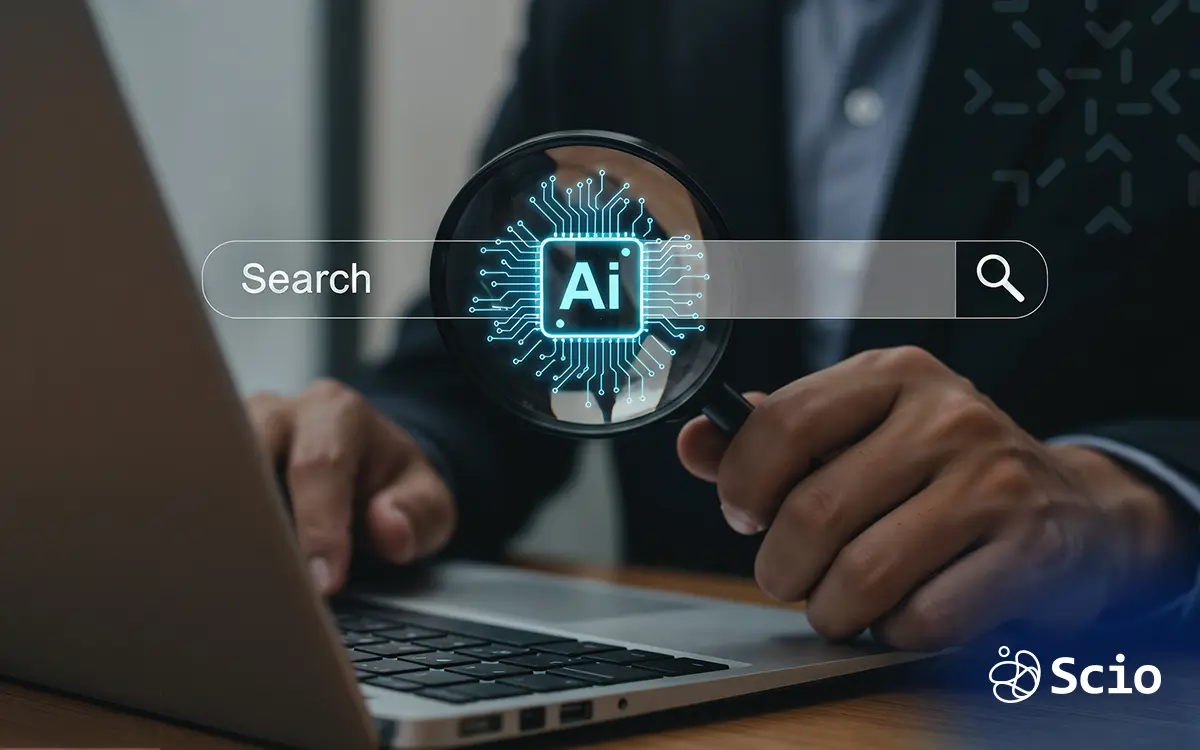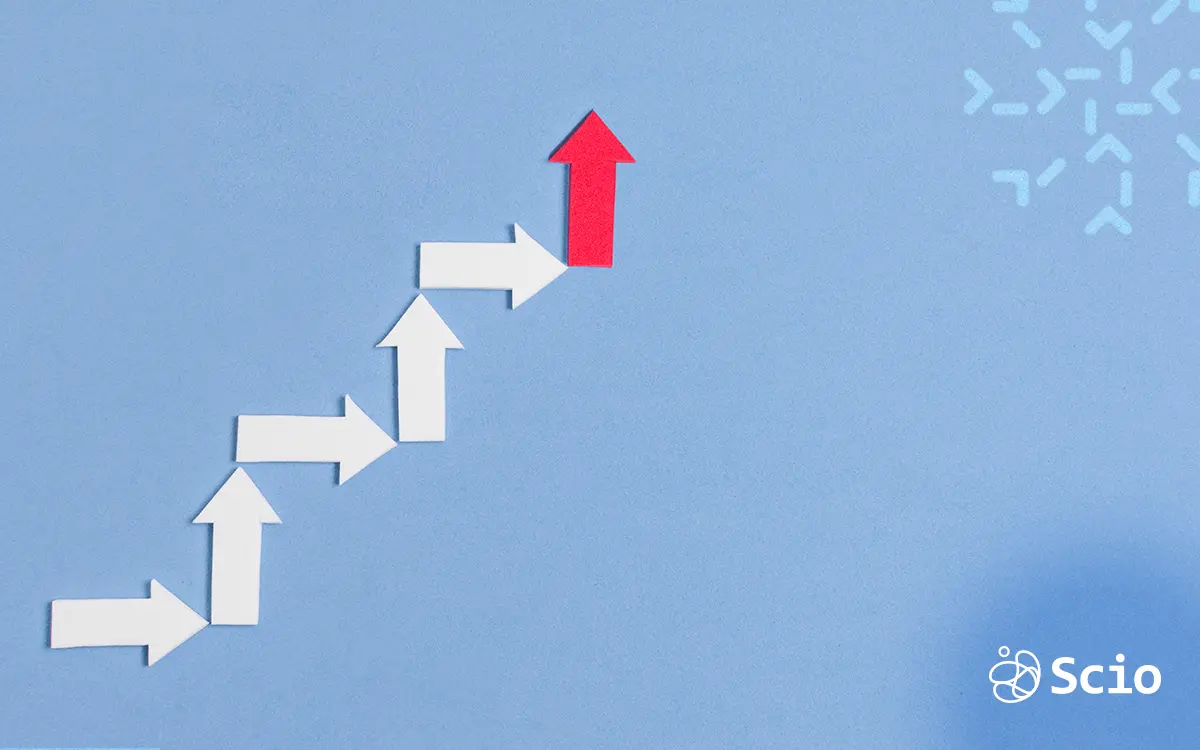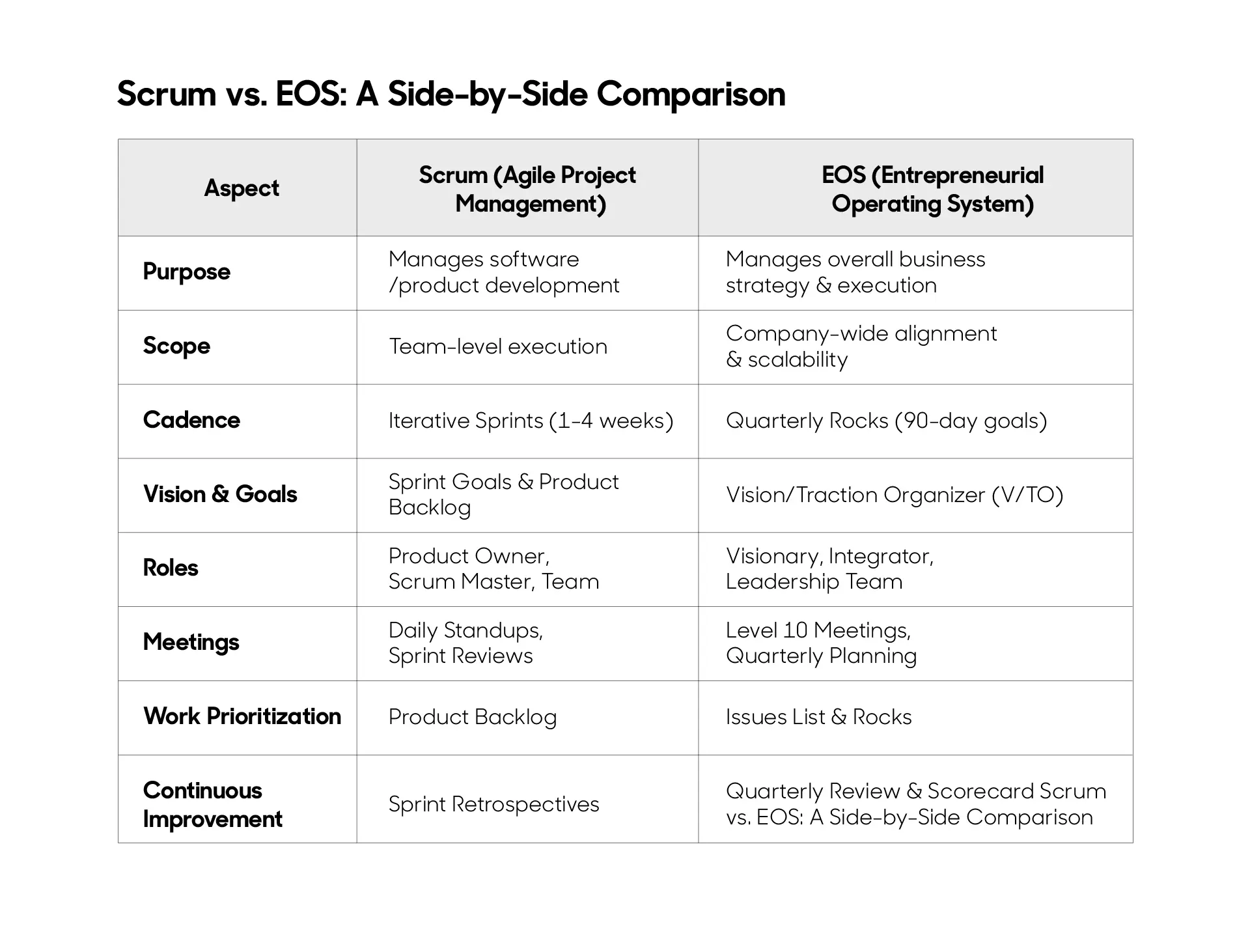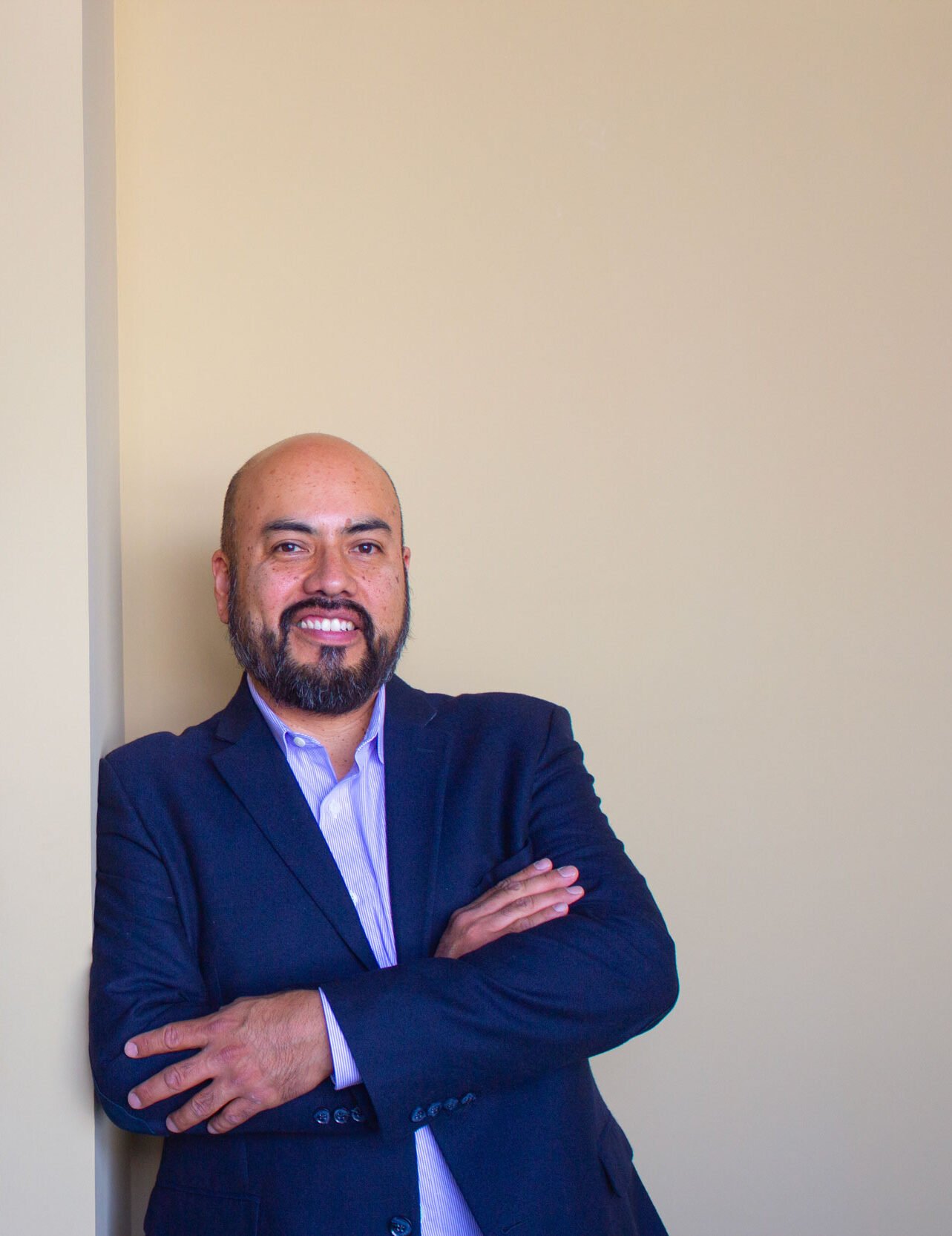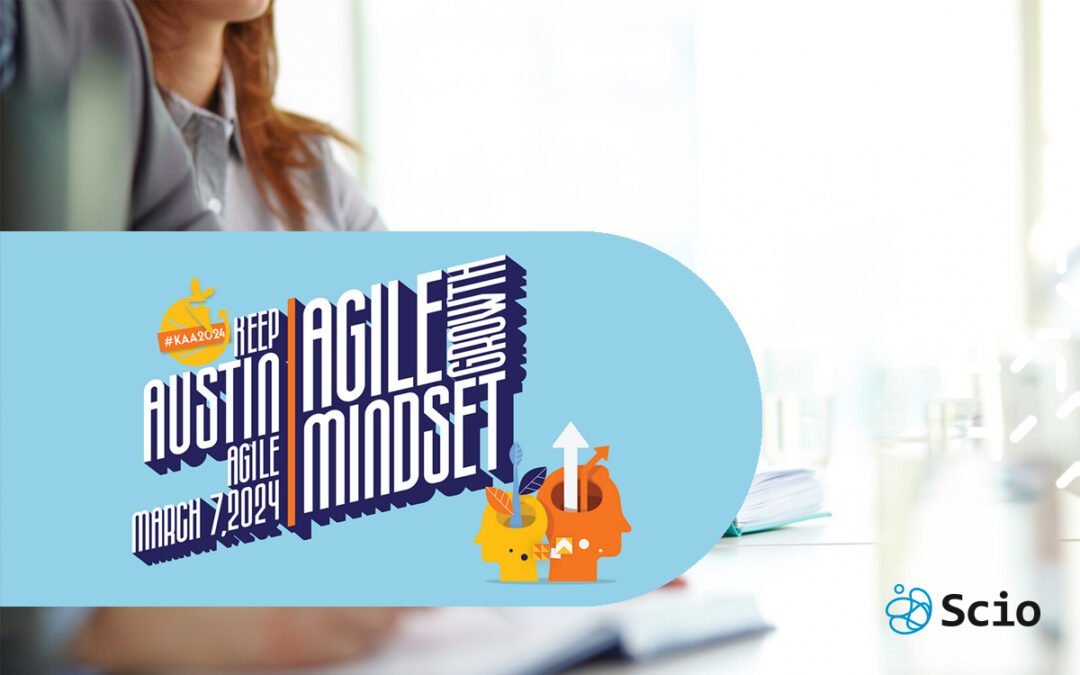
What Agile Really Means When It Comes to Software Quality
Written by: Monserrat Raya

What Agile Really Means When It Comes to Software Quality
Agile has become the go-to framework for software development in many tech organizations. But despite its widespread adoption, many teams still misunderstand one of its most critical aspects: quality. Too often, “working software” is equated with “quality software”—a misconception that can erode long-term product value and customer satisfaction.
At Scio, we work with engineering leaders across the U.S. to build high-performing nearshore Agile teams. And one pattern we’ve seen time and again is this: Agile isn’t just about delivering fast—it’s about delivering value. And that’s where the real conversation around quality begins.
The Problem With “Done” in Agile Projects
Why Features That Work Aren’t Always Valuable
Many Agile teams celebrate shipping new features as a sign of progress. But just because a feature functions doesn’t mean it’s valuable. In fact, one of the most common Agile software quality issues is mistaking «done» for «done right.»
When teams are under pressure to deliver, it’s easy to check boxes and move on—ignoring whether what was delivered actually improved the product. In our blog on The Benefits of Agile Development, we explore how this disconnect can waste resources and lead to bloated software that’s technically functional but strategically weak.
“Working software is not enough. If it doesn’t solve a user’s problem, it’s just noise.”
The Risks of Equating ‘Done’ With ‘Delivered’
In Agile, the definition of done should go beyond just passing QA. It should reflect actual value delivered to the end-user—a concept often lost in the rush to push code to production.
When “done” equals “delivered,” but not validated, teams risk accumulating technical and functional debt that undermines quality over time. Without a feedback loop, there’s no guarantee that what you ship matters to your users.
What Agile Actually Says About Quality
Working Software as a Principle
The Agile Manifesto famously states: “Working software over comprehensive documentation.” But this doesn’t mean software that merely compiles or runs. It refers to software that delivers consistent value.
In practice, working software must be:
- Maintainable
- Usable
- Valuable
- Secure
The World Intellectual Property Organization (WIPO) adds that modern development—especially in distributed teams—should also ensure IP protection, sustainability, and legal clarity across jurisdictions.
The Role of User Feedback and Continuous Delivery
Continuous delivery best practices help close the gap between development and feedback. Agile isn’t just iterative—it’s adaptive. By incorporating user input regularly, you can ensure the product evolves in the right direction.
At Scio, our nearshore teams embed feedback loops at every stage of the sprint—through internal demos, usability tests, and stakeholder reviews—ensuring quality is validated in real-world scenarios, not just test environments.
Redefining Quality in Agile Teams

Functional vs. Strategic Quality
Functional quality means a feature does what it’s supposed to. But strategic quality means it serves the product’s broader goals. For example, a “notifications” module may function perfectly—but if users find it annoying or irrelevant, its quality is questionable.
This is why our teams work closely with Product Owners to ensure that user stories align with product vision—not just technical requirements.
Code That Works vs. Code That Solves
A major pitfall in Agile teams is shipping code that meets the “definition of done,” but fails to solve the real problem. In our article Why “If It Ain’t Broke, Don’t Fix It” Can Be a Costly Mistake in 2025, we explore how legacy decisions can erode innovation and, ultimately, software quality.
Business Value as a Quality Metric
Agile quality metrics should focus on value delivered, not just velocity or code coverage. Metrics like:
- Feature adoption
- Customer satisfaction (e.g., NPS)
- Time-to-value
…are more useful than story points alone. This concept aligns with agile quality metrics frameworks promoted by Scaled Agile Framework (SAFe) for modern software teams.
Practical Guidelines for Delivering Value Over Features
Collaborative Definition of Done
A truly effective definition of done involves more than QA sign-off. It should include user feedback, documentation, and business validation. At Scio, this is a collaborative process between engineers, QA analysts, and stakeholders—built into sprint planning from day one.
Integrating QA in Every Sprint
A common myth is that QA happens after development. In Agile, QA and testing should begin in the planning phase. According to TestRail’s QA in Agile guide, this integrated approach helps catch issues early and raises the overall standard of code delivery.
Our QA engineers participate in backlog refinement, standups, and retrospectives—ensuring quality isn’t a task, it’s a shared responsibility.
Building Feedback Loops Into Your Dev Process
Agile thrives on feedback-driven iteration. Our nearshore teams build automated testing, capture usage analytics, and host biweekly demos to ensure continuous improvement.
The ability to quickly adapt is one of the reasons our nearshore model excels—shared time zones, cultural alignment, and high English proficiency eliminate the friction often experienced in offshore setups. We discuss this further in 10 Risks of Offshore Outsourcing.
How Scio Ensures Agile Quality Standards
At Scio, quality isn’t optional—it’s embedded in how we work. Here’s how we uphold Agile software quality across all our engagements:
- QA engineers embedded in every sprint
- Collaborative sprint planning with Product Owners
- Use of Scio Elevate, our proprietary quality and performance framework
- Continuous refactoring, code review, and user-centered design
- Bi-weekly audits on testing, UX consistency, and stakeholder feedback
Combined with our nearshore engineering teams based in Mexico, Scio provides the transparency, speed, and expertise required for teams that want to build software that lasts.

Final Thoughts: Agile Quality Is About Continuous Value
Agile isn’t a process—it’s a philosophy. When you shift your mindset from “finishing tickets” to delivering continuous value, quality becomes a natural byproduct.
If your current Agile practice feels like a checklist with little strategic impact, maybe it’s time to revisit what “done” really means—for your users, your business, and your product.
At Scio, we’ve seen firsthand how teams transform when they start thinking in terms of outcomes instead of outputs. It’s not just about how many features you ship—it’s about how each one contributes to a better, smarter, more resilient product. Agile quality isn’t measured at the end of a sprint; it’s measured when your software makes a difference for real users.
When you embed that mindset into your Agile culture—with collaborative planning, built-in QA, and clear communication across teams—you not only improve the product, you improve the way your team works. And that’s where true software quality begins.
In a world where speed is a given, value is the differentiator. Agile done right helps you deliver both.
FAQs
What does Agile really mean by “working software”?
In Agile, “working software” refers to more than code that compiles without errors. It means the software is usable, valuable, tested, and ready for deployment. It’s a product that delivers functional outcomes and solves real user problems—not just a feature completed on a Jira board. This is why many Agile teams define working software based on how it performs in the hands of users, not just in QA environments.
How do Agile teams measure software quality?
Agile teams measure quality through a combination of automated testing, functional acceptance criteria, user satisfaction metrics (like NPS or CSAT), and business KPIs such as feature adoption and retention. Some teams also track agile quality metrics like escaped defects, cycle time, and time-to-feedback. The key is to align your definition of “quality” with both technical performance and business value.
How is QA integrated into Agile development sprints?
In high-performing Agile teams, QA is not a separate phase—it’s embedded in every sprint. QA engineers participate in planning, refinement, and standups, and write tests before or alongside development. Practices like test-driven development (TDD), pair testing, and continuous integration help Agile teams maintain high quality without slowing down delivery. At Scio, QA is part of our cross-functional teams from day one, not brought in at the end.
Is nearshoring better than offshore for Agile teams?
Yes. For Agile teams, nearshoring—especially to regions like Mexico under USMCA—offers faster feedback cycles, real-time communication, and greater cultural alignment, which are all crucial for Agile practices like sprint planning, retrospectives, and backlog refinement. Unlike traditional offshore models, nearshoring allows for daily collaboration without time zone delays, which is key when your team is focused on continuous delivery and iteration.
What’s the difference between “done” and “delivered” in Agile?
This is one of the most common Agile misunderstandings. “Done” often means a task has passed internal QA, but “delivered” means the value has reached the user and been validated. Teams that confuse the two can end up with features that technically work but deliver no real value. A clear, collaborative Definition of Done should include user feedback, business validation, and documentation—not just functional testing.
